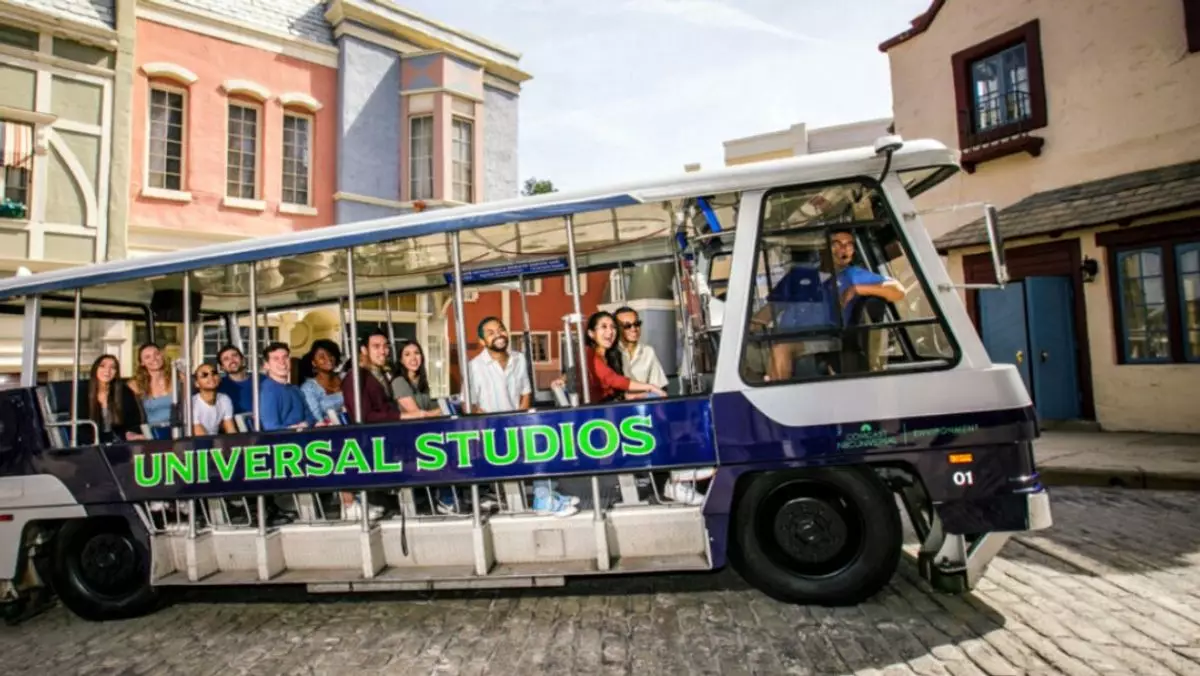In a startling turn of events, Los Angeles County has been engulfed in wildfires, leading to the closure of several major visitor attractions. The flames have wreaked havoc, prompting California Governor Gavin Newsom to declare a state of emergency to respond to the escalating crisis. As raging fires consume homes and businesses, the city faces an urgent need for focus and resources to combat the flames and safeguard its populace.
Amid this environmental disaster, prominent sites such as the Getty Center and Getty Villa have suspended operations. The art institutions, recognized for their exquisite collections, affirmed that while vegetation on their premises caught fire, their structures remained unharmed. On social media platforms, the Getty stated that extensive preventive measures had been undertaken to mitigate potential damage, including brush clearance and sealing off galleries to protect them from smoke infiltration. Such preparations highlight the importance of proactive disaster management amidst a changing climate increasingly characterized by wildfires.
Further adding to the constraints on public life, the Hollywood Sign also announced its temporary closure. Although the specific date for reopening is uncertain, this iconic landmark joins other Los Angeles favorites like Griffith Observatory, Universal Studios Hollywood, and Warner Bros. Studio Tours, all of which have shut their doors in response to the dangerous conditions. Strong winds fueling the fires have compelled these closures as safety becomes the paramount concern for all involved.
The closures are not just affecting tourists; local businesses are bracing for the fallout. Reports of disrupted flights at Hollywood Burbank Airport and minimal delays at Los Angeles International Airport indicate that the wildfires have far-reaching impacts on transportation, further exacerbating the situation. The Palisades Fire has already consumed nearly 3,000 acres and is reported as 0% contained, underscoring the urgency of the situation.
The tragic loss of life—at least two reported fatalities—further compels the shared grief within the community. The Los Angeles Tourism and Convention Board’s statement reflects the heartache felt across the community. It is clear that amid the smoke, loss, and fear, the city’s spirit hangs in a delicate balance, with the local populace relying heavily on the tireless efforts of emergency responders.
Cities like Los Angeles have endured crises in the past, which resonates with residents currently experiencing these wildfires. Community resilience, marked by joint efforts among emergency services and local organizations, will be key in navigating this catastrophic event. The Getty’s commitment to emergency response through team support illustrates a unified front during adversity.
As the wildfires continue to pose threats, the community’s focus must not only be on immediate firefighting efforts but also on long-term recovery strategies. Addressing climate change considerations will be imperative to mitigate future risks of wildfires and the accompanying devastation they inevitably bring. This moment serves as a somber reminder of the vulnerabilities faced by urban landscapes in the wake of environmental phenomena, emphasizing the need for a blend of preparation and community solidarity.

